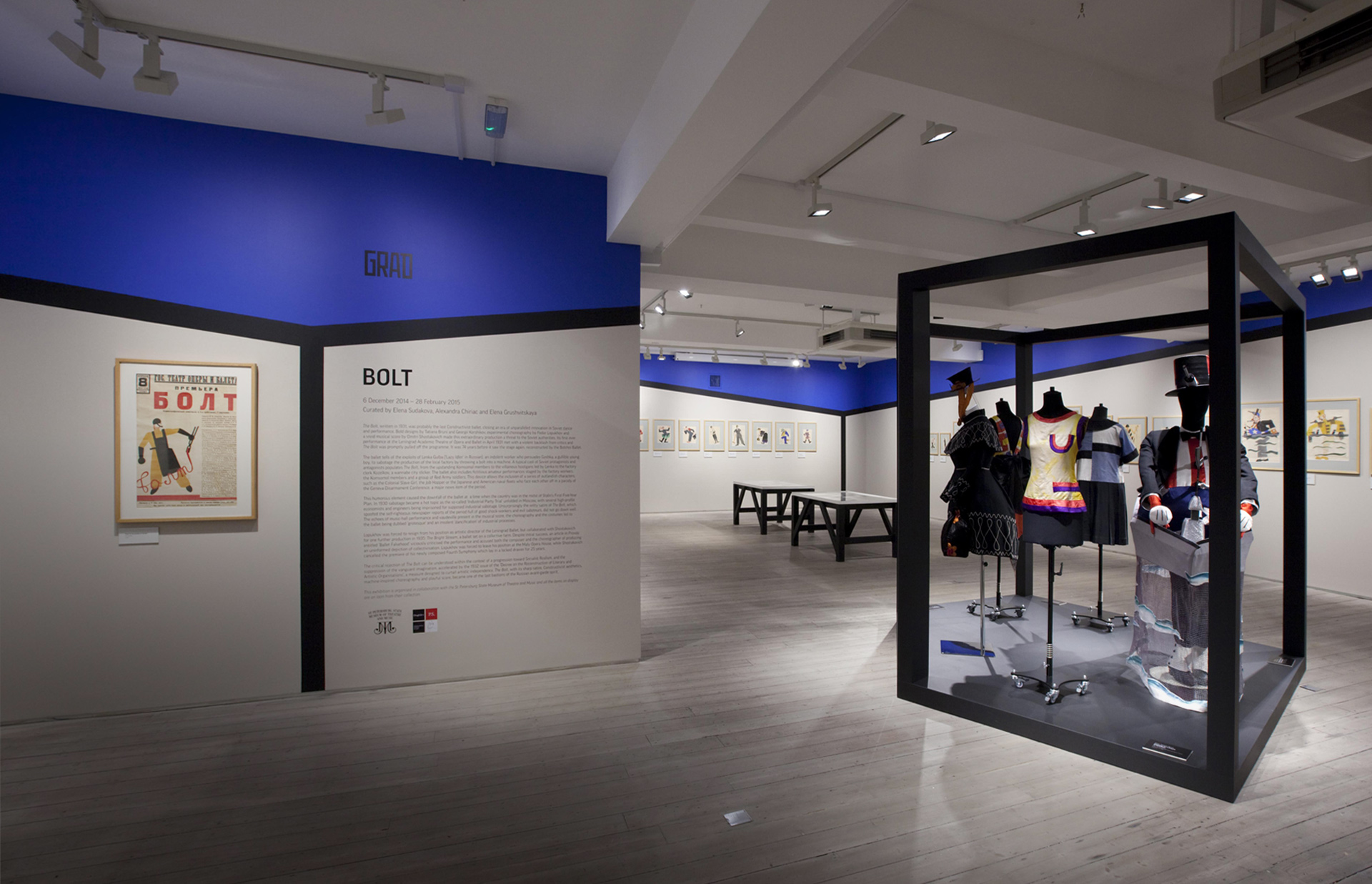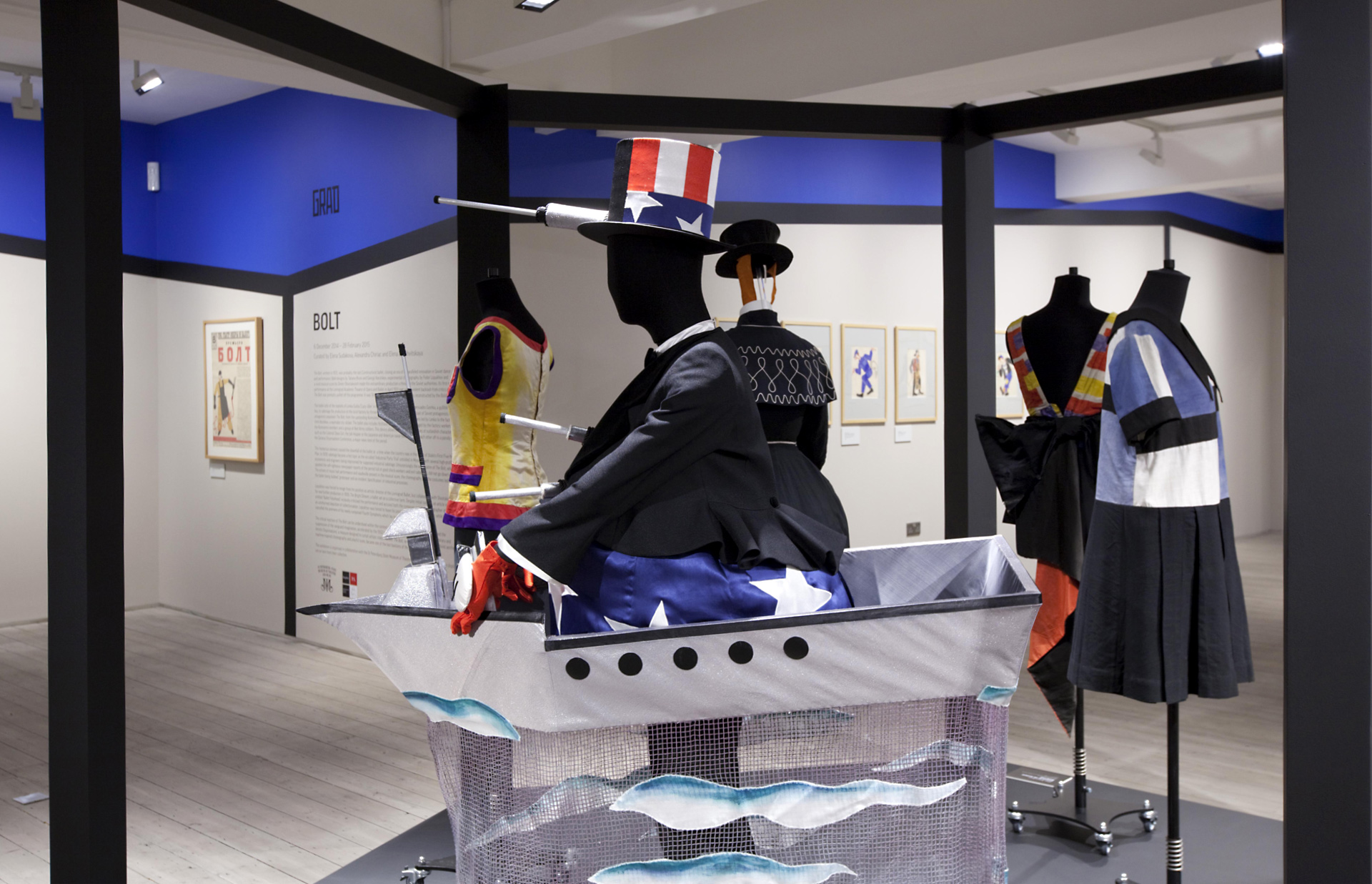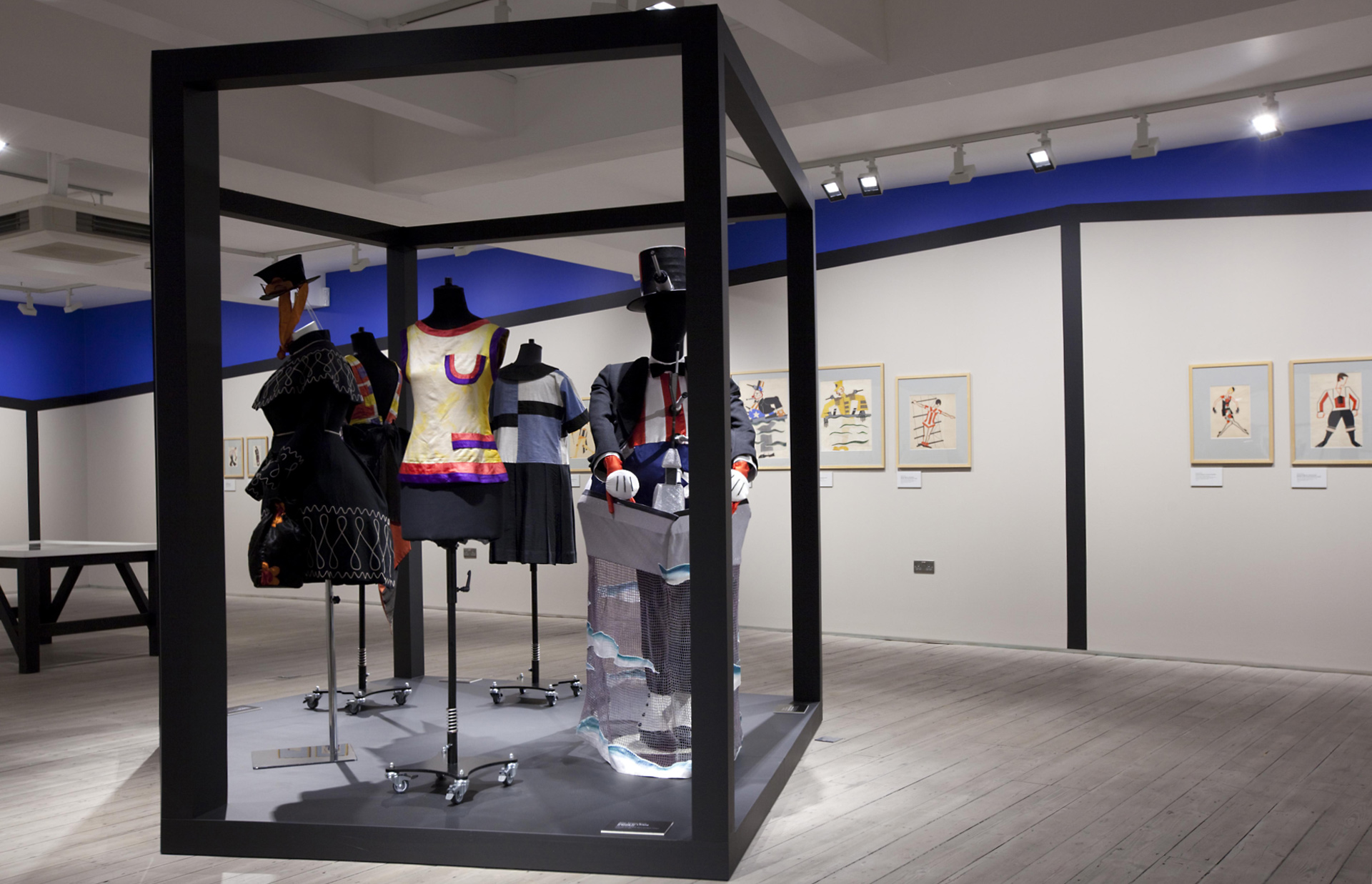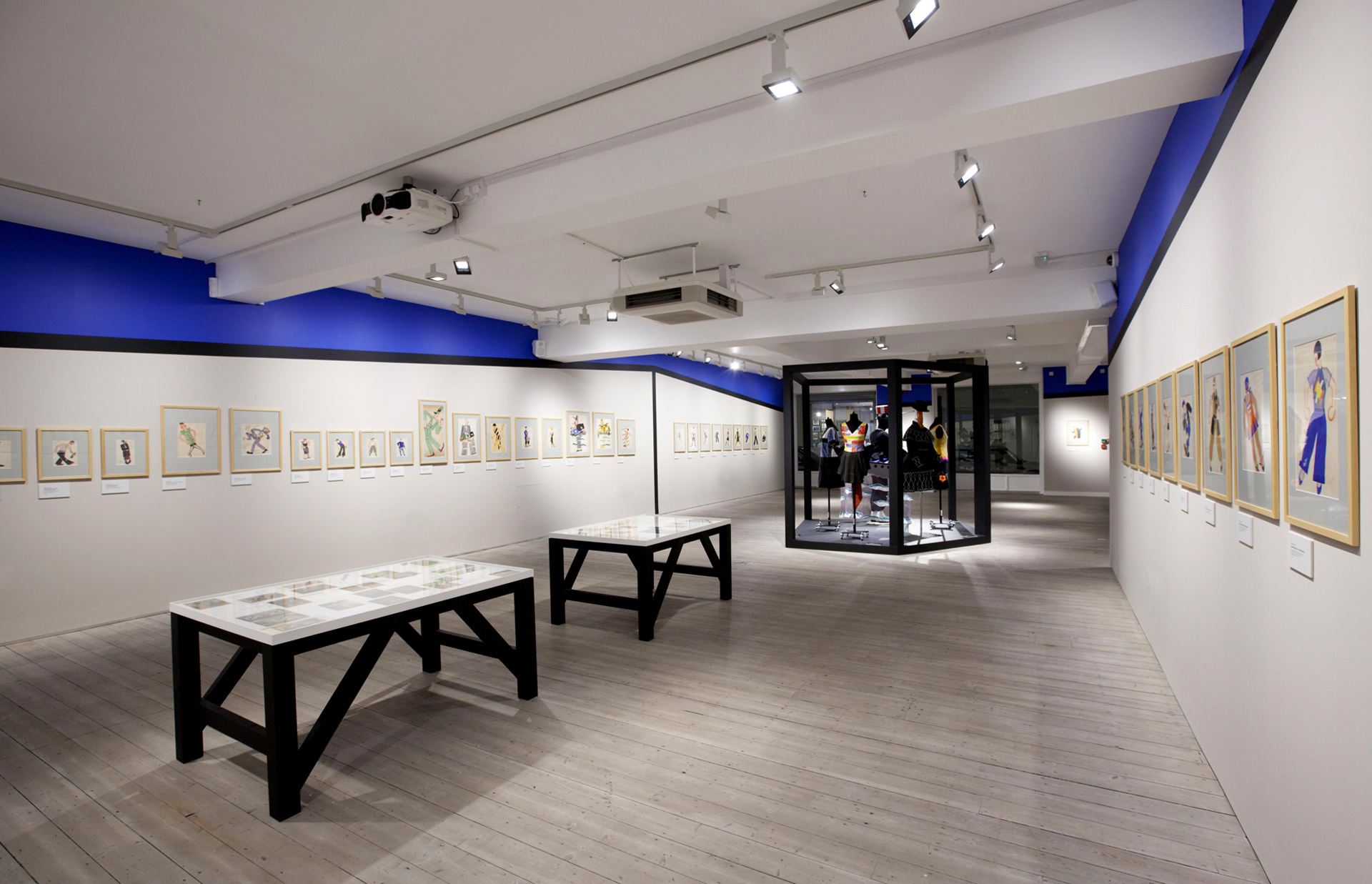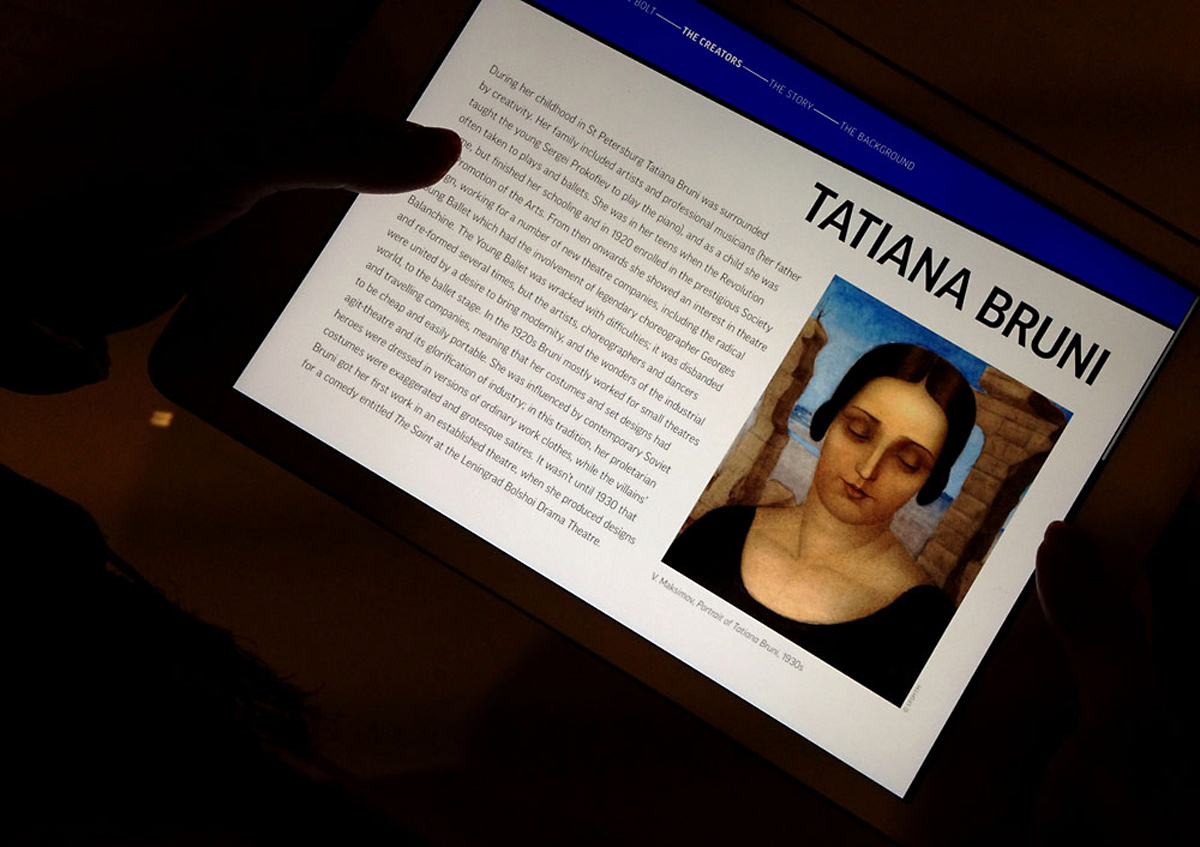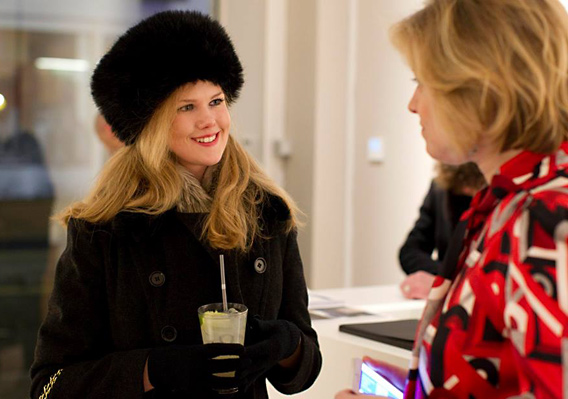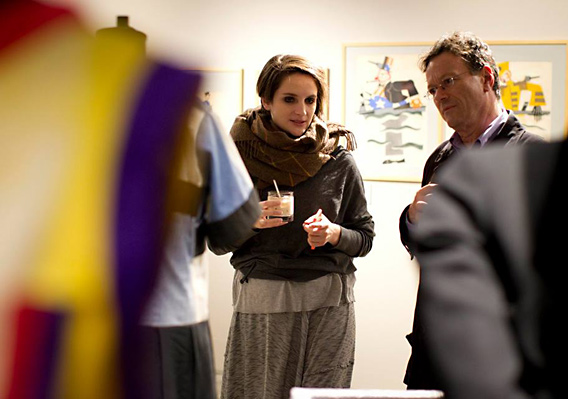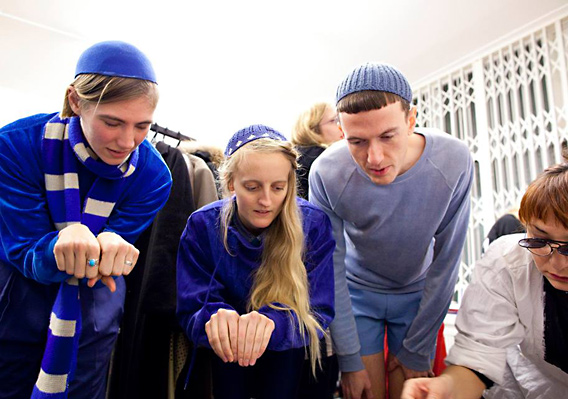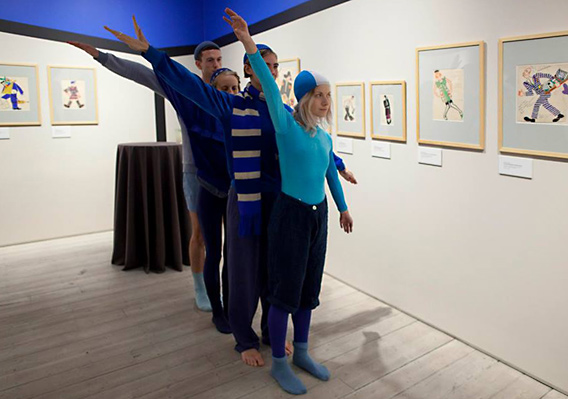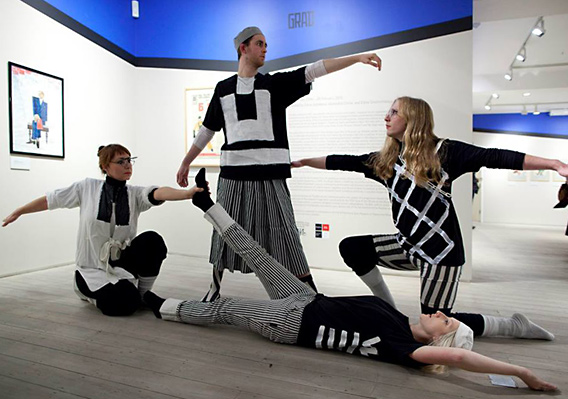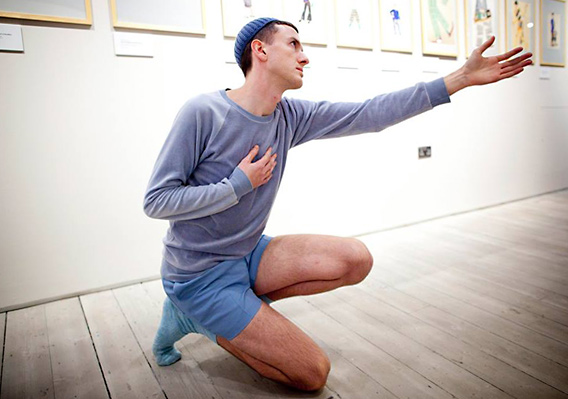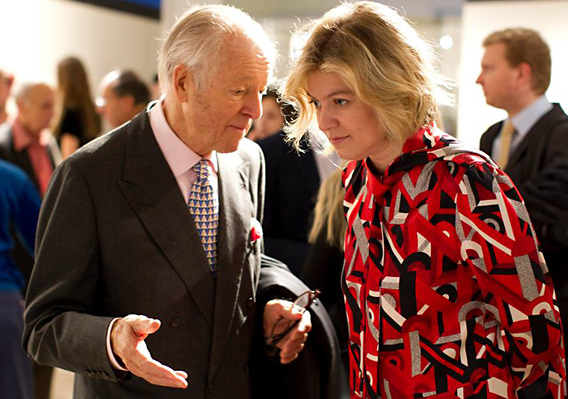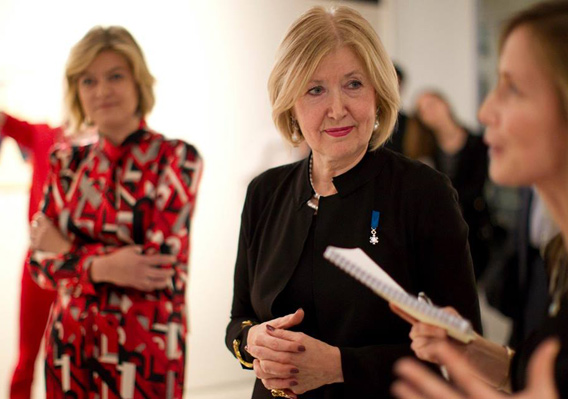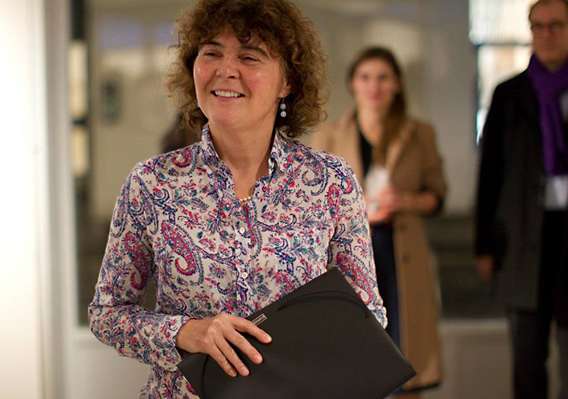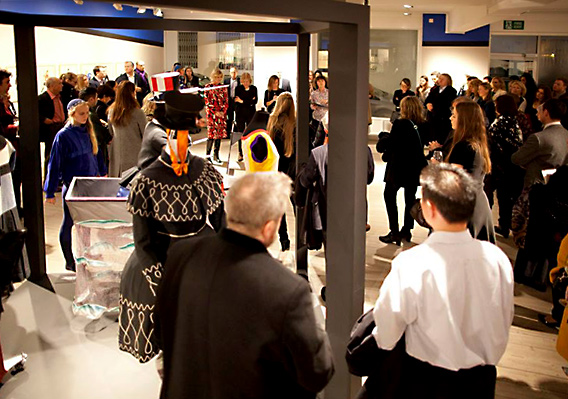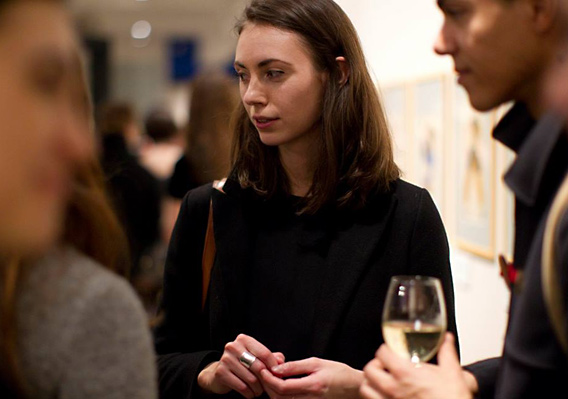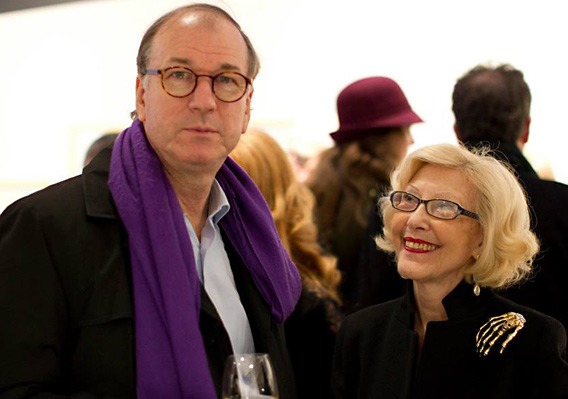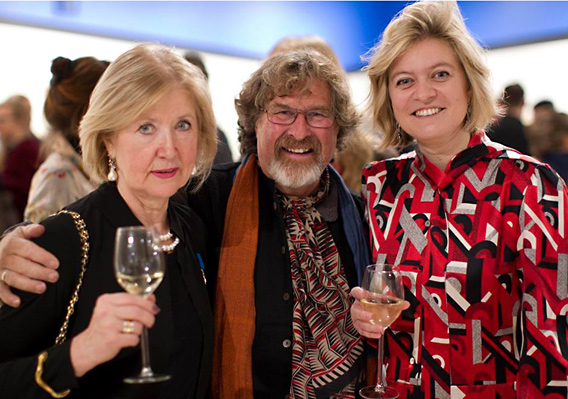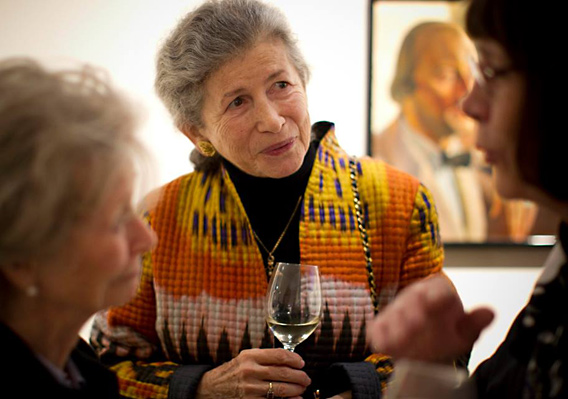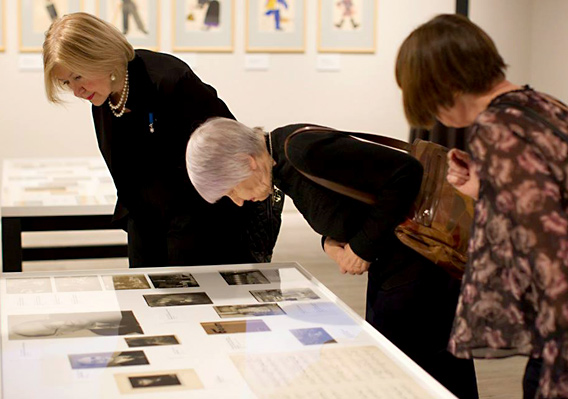Bolt
06 December — 28 February 2015
Suggested donation £5
All donations to GRAD directly support the continuation of our exhibitions and events programme
Curated by Elena Sudakova, Alexandra Chiriac and Elena Grushvitskaya
Exhibition design by Calum Storrie and Katya Sivers
Photographs by Tim Roberts
The Bolt, written in 1931, was probably the last Constructivist ballet, closing an era of unparalleled innovation in Soviet dance and performance. Bold designs by Tatiana Bruni and Georgii Korshikov, experimental choreography by Fedor Lopukhov, a gripping story of industrial sabotage written by Victor Smirnov and a vivid musical score by Dmitri Shostakovich made this extraordinary production a threat to the Soviet authorities. Its first ever performance at the Leningrad Academic Theatre of Opera and Ballet in April 1931 met with a violent backlash from critics and The Bolt was promptly pulled off the programme. It was 74 years before it saw the stage again, reconstructed by the Bolshoi Ballet. The exhibition brings the neglected story of this tumultuous production to life through a selection of costume designs, period photographs and original costumes.
The ballet tells of the exploits of Lenka Gulba (‘Lazy Idler’ in Russian), an indolent worker who persuades Goshka, a gullible young boy, to sabotage the production of the local factory by throwing a bolt into a machine. A typical cast of Soviet protagonists and antagonists populates ‘The Bolt’, from the upstanding Komsomol members to the villainous hooligans led by Lenka to the factory clerk Kozelkov, a wannabe city slicker. In this industrial production, which featured machine-inspired choreography, Shostakovich embellished the story with aerobics and acrobatics, with several passages mimicking the swishing and hammering sounds of modern factory machinery.
GRAD’s display feature the witty and grotesque costume designs by Tatiana Bruni bringing to life the characters that populate the ballet: from the Textile-Worker and the Typist, to the Drunkard, the Job-Hopper and the pompous Bureaucrat. Featuring striking geometrical colour blocking, Bruni’s designs were inspired by the aesthetics of agit-theatre and ROSTA windows or artist-designed propaganda posters. Shostakovich’s mischievous blend of proletarian and vaudeville music genres play through the gallery space, catapulting the viewer to early 1930s Russia and evoking Fedor Lopukhov’s daring choreography. Constructivist values and aesthetics are reflected in all of the elements of the ballet, from the costume designs to the score, choreography to set design.
That ‘The Bolt’ was produced in 1931 is significant. Visual art and literature were on the cusp of monumental change in Soviet Russia, after a series of political and artistic revolutions had changed the course of modernist art and modern history. The critical rejection of the ballet can be understood within the context of a progression toward Socialist Realism, and the suppression of the vanguard imagination, accelerated by the 1932 issue of the ‘Decree on the Reconstruction of Literary and Artistic Organisations’, a measure designed to curtail artistic independence. The satirical characters and acid comedy of ‘The Bolt’ stand as a bastion of an experimental spirit, which demonstrated an extraordinary edge and robustness.
Bolt Events
Our events take a turn for the musical this winter. Keep checking for updates on our exciting January and February programme.
Artist Talk: Roman Minin
26 February 2015
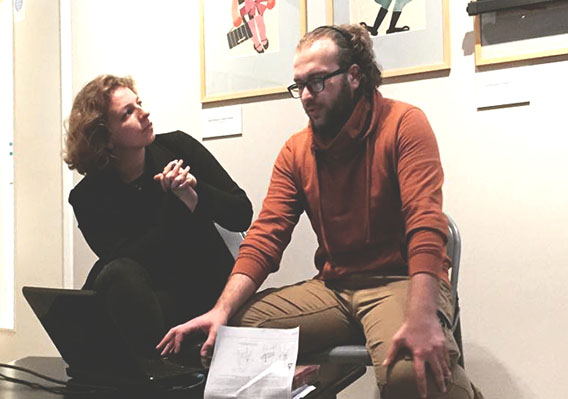
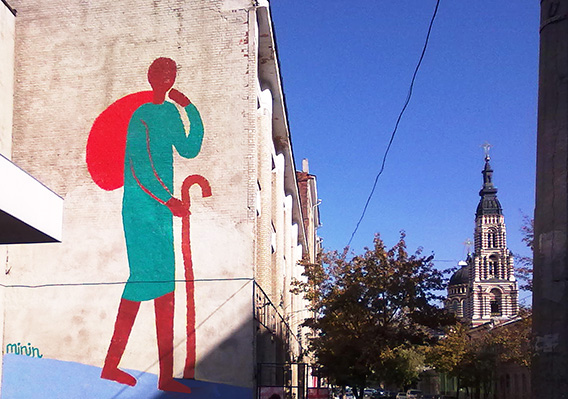
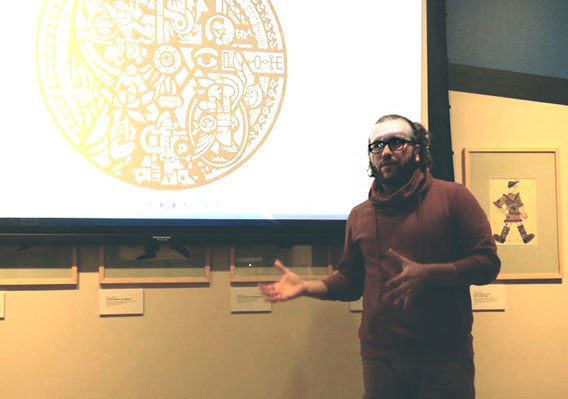
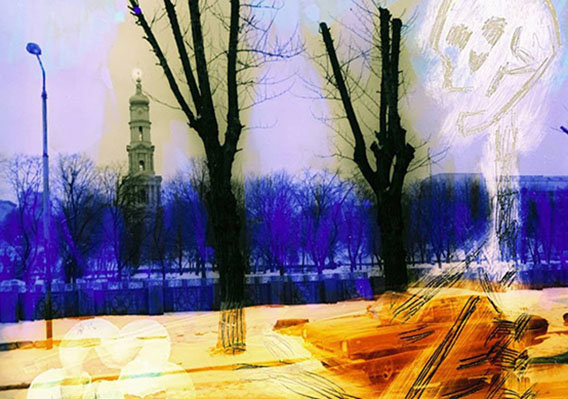
Free admission
GRAD Lab has invited Ukrainian artist Roman Minin to share his practice and thoughts on whether contemporary art in Ukraine today can only be political. The Donetsk region, where Roman Minin was born, is identified by mining. For the people living there it is not only an industry but a way of life. Minin has taken that as the main subject of his paintings and stained-glass windows, a metaphor for a closed social system that allows no way out. We will also discuss his project ‘The Plan of Escape from the Donetsk Region’, part of the Pinchuk Art Prize 2013 in which Minin took an essential step in combining his artistic practice as a painter with social engagement. In the work Minin created his own artistic escape route from imprisonment and combined it with specially commissioned work by children from the region. They traveled (for the first time in their lives) to Kyiv to paint their own plan of escape.
Roman Minin was born 1981 in Dimitrov in the Donetsk region, Ukraine. He lives and works in Kharkiv. Minin graduated from the Kharkov Academy of Design and Arts in 2008. In 2009 he received the Talent and Vocation medal from the worldwide alliance Peacemaker. He has participated in many group exhibitions and festivals, organizes the Street Art Fest in Kharkiv and was head of the program Isoliatsya in city space in the Isoliatsya centre of the modern art in Donetsk 2012.
Seating is on a first come, first served basis
Shostakovich and Cultural Revolution
24 February 2015
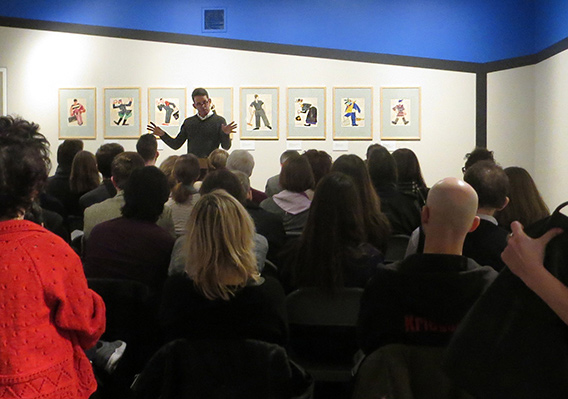
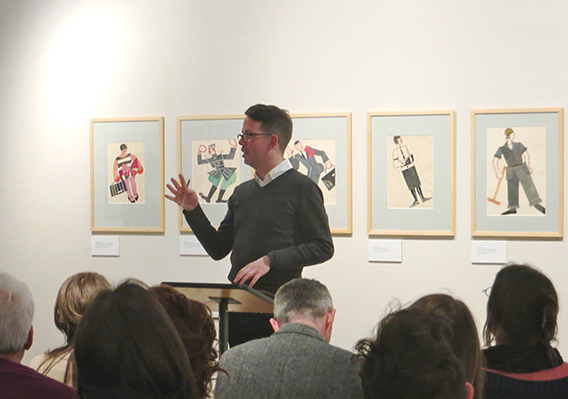
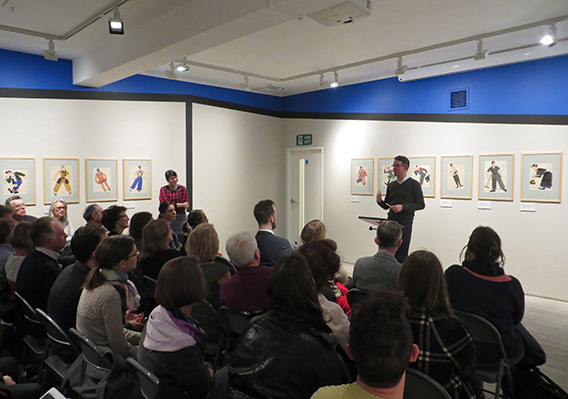
Free admission
Historians of the Soviet Union often refer to the period 1928-32 as the 'Cultural Revolution'. These years - which fall between the more liberal and experimental atmosphere of the mid-1920s and the imposition of Socialist Realism from 1934 - were fraught with bitter polemics in the press about what kind of culture would be suitable for new proletarian audiences. In this talk Professor Philip Bullock explores how Shostakovich negotiated his way through the complexities of the period.
Philip Ross Bullock is Professor of Russian Literature and Music at the University of Oxford and a Fellow of Wadham College. He is the author of a number of books, edited collections and scholarly articles on nineteenth and twentieth-century Russian culture and is currently completing a new critical biography of Tchaikovsky.
Seating is on a first come, first served basis
Silencing the Avant-Garde: Censorship and Film in the Soviet Union
05 February 2015
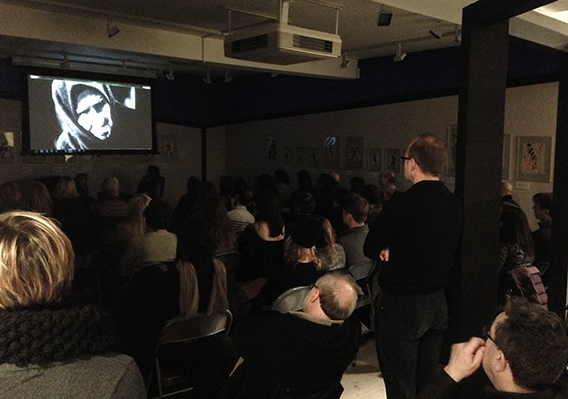
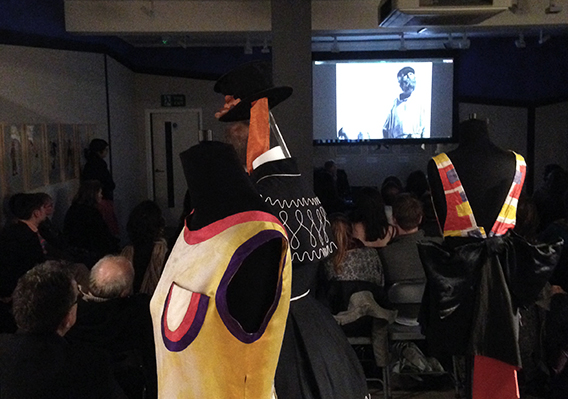
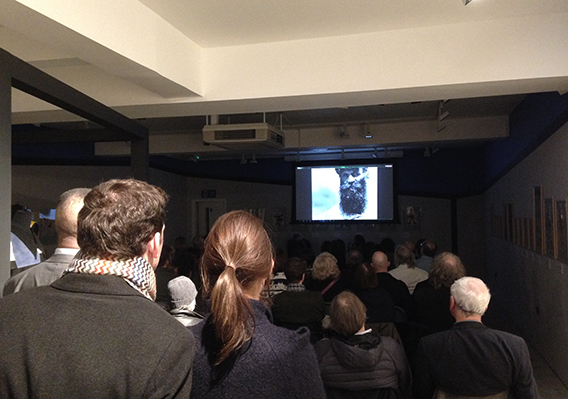
Free entry
Join us for an evening examining the impact of censorship on the arts during the early years of Stalin’s rule and the onset of Socialist Realism. The second event in our series of collaborations with the Kino Klassika Foundation will feature Justine Waddell in conversation with European and Russian cinema specialist Ian Christie. The discussion will focus on film and film music and will be complemented by a selection of extracts from Soviet productions of the 1920s and 1930s.
Ian Christie is a film historian, curator and broadcaster, and a trustee of Kino Klassika. He has been Anniversary Professor of Film and Media History at Birkbeck College, University of London, since 1999 and is a Fellow of the British Academy. Christie has written and edited books on early film, Powell and Pressburger, Russian cinema, Scorsese and Gilliam; and collaborated on a wide range of exhibitions at institutions such as the Hayward Gallery, Modern Art Oxford and V&A. His most recent books are on production design and on audiences. Last year, he gave a talk on Eisenstein and the Great War in the BBC Radio 3 series Minds at War.
Justine Waddell is an actress, screenwriter and trustee of Kino Klassika. She is currently working on a screenplay adaptation of Virginia Woolf’s early comic novel, Night & Day, and has played lead roles in feature films ranging from Tarsem Singh’s The Fall to Alexander Zeldovich’s 2011 Russian language re-imagining of Anna Karenina, Мишень (Target), with a screenplay co-written by Vladimir Sorokin.
A Tale of Two Cities: the Lopukhov family and Russian ballet
15 January 2015
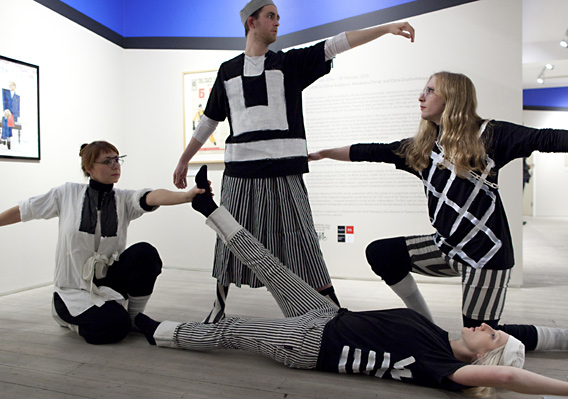
6.30pm - 7.30pm
Free admission
Join us for a talk by dance specialist Judith Mackrell exploring the lives of Bolt’s choreographer Fedor Lopukhov and his sister the Ballets Russes star Lydia Lopokova. Although both were a product of St Petersburg's Imperial Ballet School, Fedor and Lydia parted ways at an early age. He stayed on in post-Revolutionary Leningrad becoming an influential choreographer despite several run-ins with the regime. She settled in London with John Maynard Keynes and adjusted to life with the Bloomsbury group, having once been the baby star of Diaghilev's company.
Judith Mackrell is a prominent dance critic, writing first for the Independent and currently for the Guardian. Her biography of the Russian ballerina Lydia Lopokova, Bloomsbury Ballerina, was shortlisted for the Costa Biography Award. Her recent book Flappers examines the lives of six notable jazz age women, from Josephine Baker to Zelda Fitzgerald. Judith has appeared on television and radio, and writes widely on dance, as well as having co-authored The Oxford Dictionary of Dance.
Launch of Early Chekhov Translation Project
09 December 2014
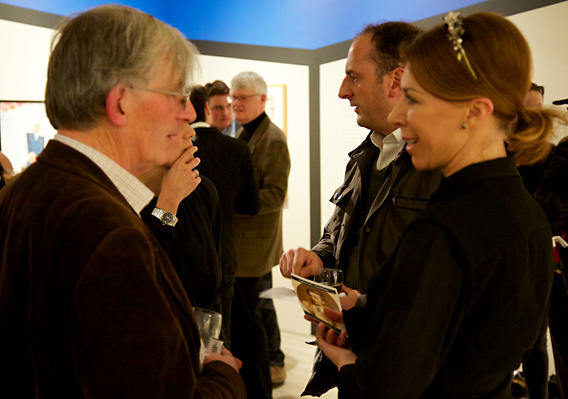
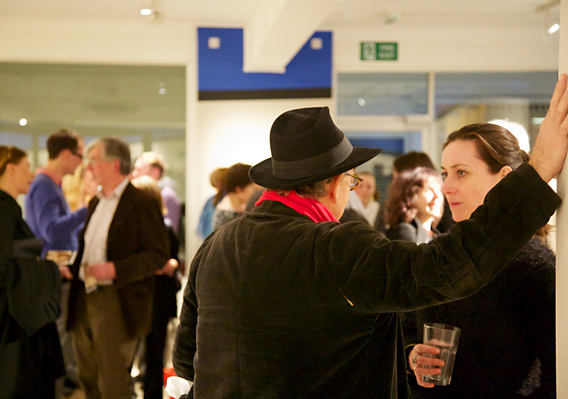
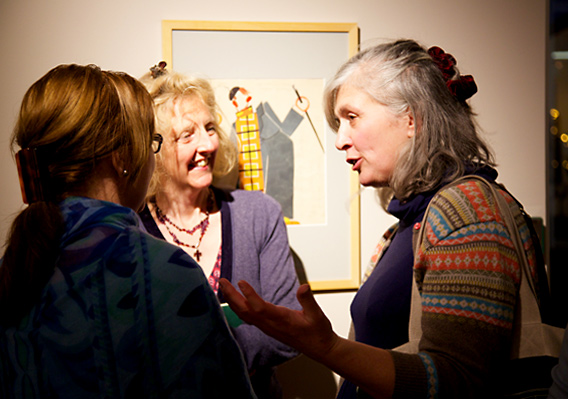
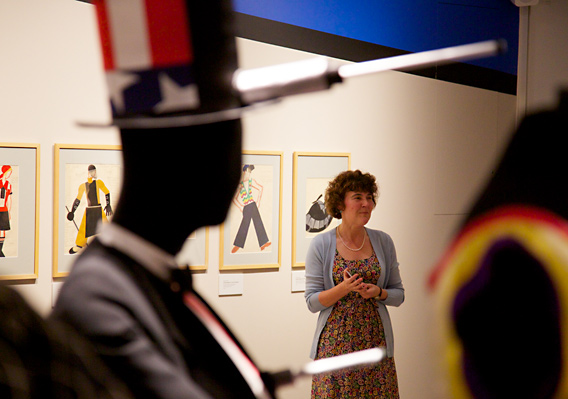
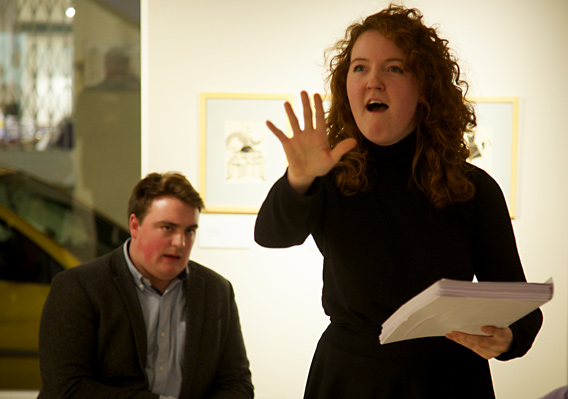
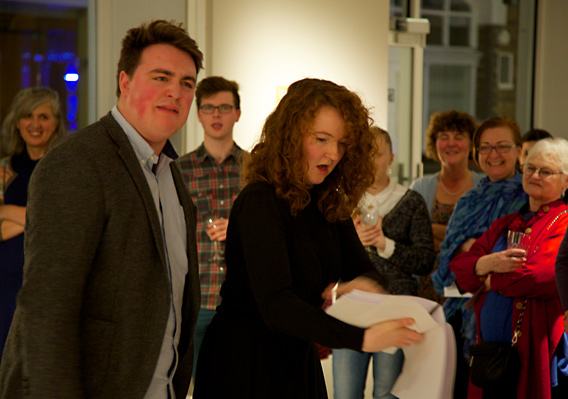
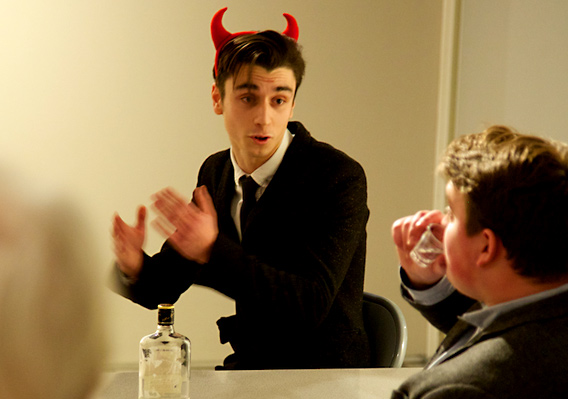
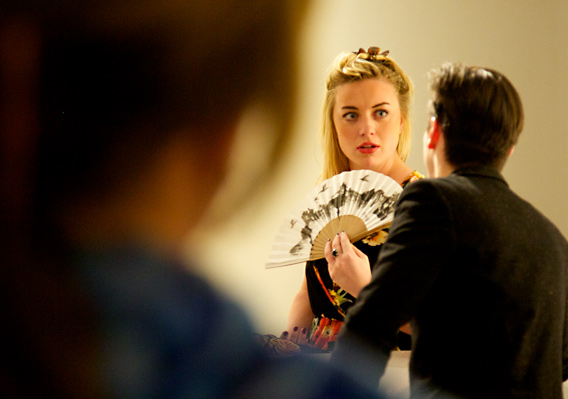
GRAD was delighted to host the launch of the Anton Chekhov Foundation's latest project which aims to translate all of Chekhov's early short stories. Actors from the Rose Bruford College of Theatre and Performance brought some drama to the evening with three comic interludes based on the playwright's early short stories.
Photographer Raj Yagnik for the Anton Chekhov Foundation



